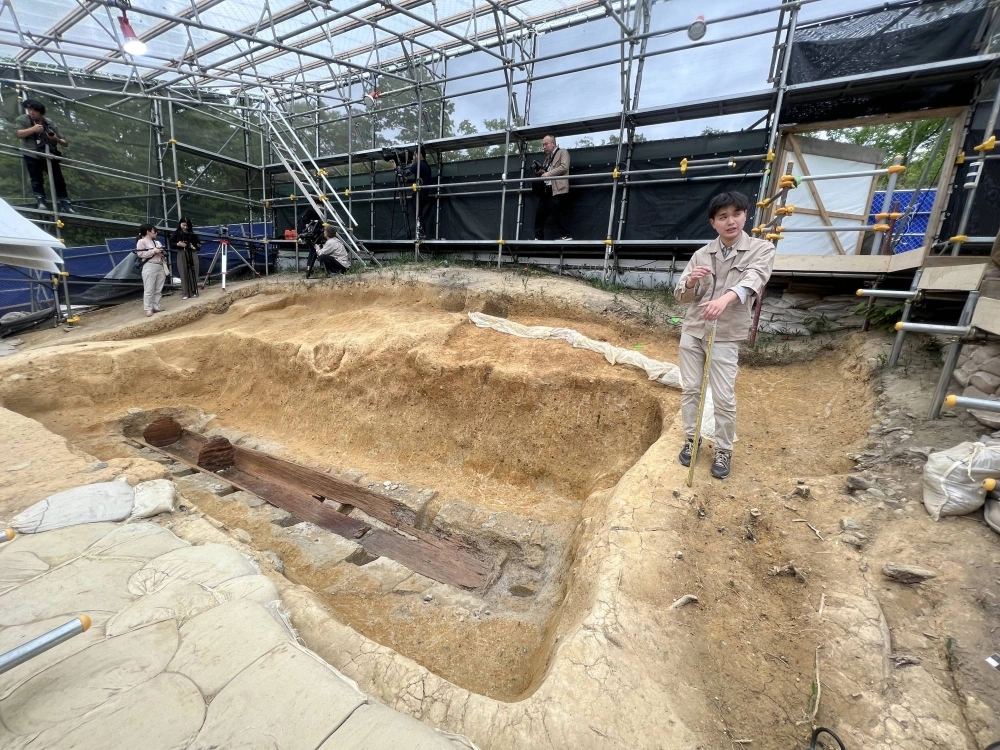From the outside, the Tomio Maruyama burial mound in the city of Nara is unimpressive — the fenced-off property dotted with tree stumps, weeds and pebbles, and surrounded by modern residential buildings, certainly doesn't look like a treasure trove full of items with astounding historical value.
Yet in late 2022, a giant iron sword and a bronze mirror were unearthed from the tomb grounds, which date back to the late fourth century. The news stunned the nation, including even the most experienced archaeologists.
The 2.3-meterlong dakо̄ken sword — called that due to its wavy snake-like shape — is by far the longest sword found in East Asia from the Kofun Period (310 to 700), and possibly the world. It is also the oldest among the 90 or so dakо̄ken to have been discovered so far across Japan.


















With your current subscription plan you can comment on stories. However, before writing your first comment, please create a display name in the Profile section of your subscriber account page.